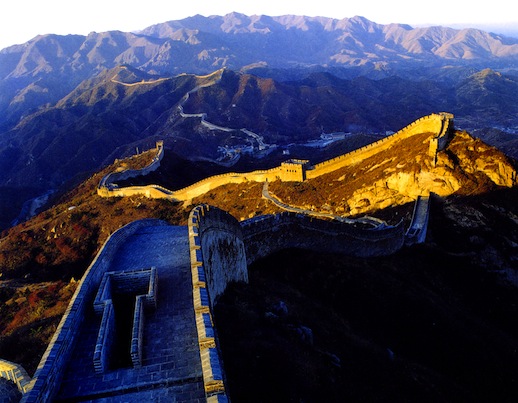
George Vong is a British Chinese author and entrepreneur. He grew up working at his parents’ take away in Hull from a very young age. He later dropped out of university to play poker full time, and went to live in Macau. After 3 years of player poker Vong returned to the UK to attend his brother’s graduation. He met up with a friend who was franchising noodle bars, and opened one up himself the following year, leaving his days as a professional gambler behind.

In Vong’s book entitled ‘Leaving Beijing’, he writes about why China will relocate its capital city within 20 years.
He says: “I have always been a keen learner of Chinese philosophy, history and politics. While I was in Asia, I read a lot of books, watched videos and discussed history and politics to all kinds of people on the poker table. This inspired me to write about China’s need to relocate its capital city. I am so sure of this that I would invite any bookmaker to bet against me. Some people agree with me and some people disagree.”
An extract from the book: Leaving Beijing
At the time of writing, the population of Beijing is set to breach 20 million, having risen by almost fifty percent in the last decade. Home to such cultural icons as the Great Wall, The Forbidden City, and Tiananmen Square, it is China’s second largest city. It is also its cultural, political and administrative capital.

Restored as capital in 1949 by Mao Zedong of the CCP, Beijing is a political and cultural centre, attracting over three million tourists every year. It is also a vast transportation hub, and houses five vast ring roads which are still woefully inadequate when faced with a skyrocketing driving population.
Its impressive gardens, palaces, city towers and imperial residences stand as protected historical sites, open to public viewing. In administrative terms, it is a directly state controlled municipality, one of only four such cities, the others being Shanghai, Tianjin and Chongqing.
The previous capital of China was Nanjing, established by the Republic of China by the Chinese nationalist party in 1928. Nanjing is located within the Jiangsu province on the east coast of China. Host of the 29th Olympic Games in 2008, Beijing is a world cultural centre and a potent symbol of China’s incredible growth and potential. It is also overpopulated, impossibly congested, and dangerously water-poor.
Draining from the rest of China inhabitants, talent and commerce that it can scarcely support, Beijing is thought by many to have reached critical mass.
The solution? A radical one; to move the capital city.

Historically, of course, Beijing was an eminently practical choice for capital. Before being named capital, it was called “Beiping”, which means “Northern peace”. As capital, its name, “Beijing”, means “Northern capital”, in contrast to the “Southern capital” of Nanjing.
Originally chosen for capital over Nanjing during the fourteenth century by the Ming Dynasty’s first and founding Emperor, Beijing was capital for over 1,000 years, withstanding four dynasties; the Jin, Ming, Yuan and Qing dynasties. It was once again made capital, this time of the People’s Republic of China, in 1949. The choice reflected a return to traditional Chinese politics and values, as well as the very real need at the time for vulnerable China to align itself politically with Soviet Russian allies.
Before making the argument that China move its capital, it is worth considering the nature of a capital city in the modern world, and what the practical and social implications are of naming, and moving, the capital.
———————————————————————————————
This is the first of 3 parts on the serialisation of George Vong’s book.
Come back soon for part 2.
The views expressed in this article are those of the author and do not necessarily represent the views of, and should not be attributed to Nee Hao Magazine.
